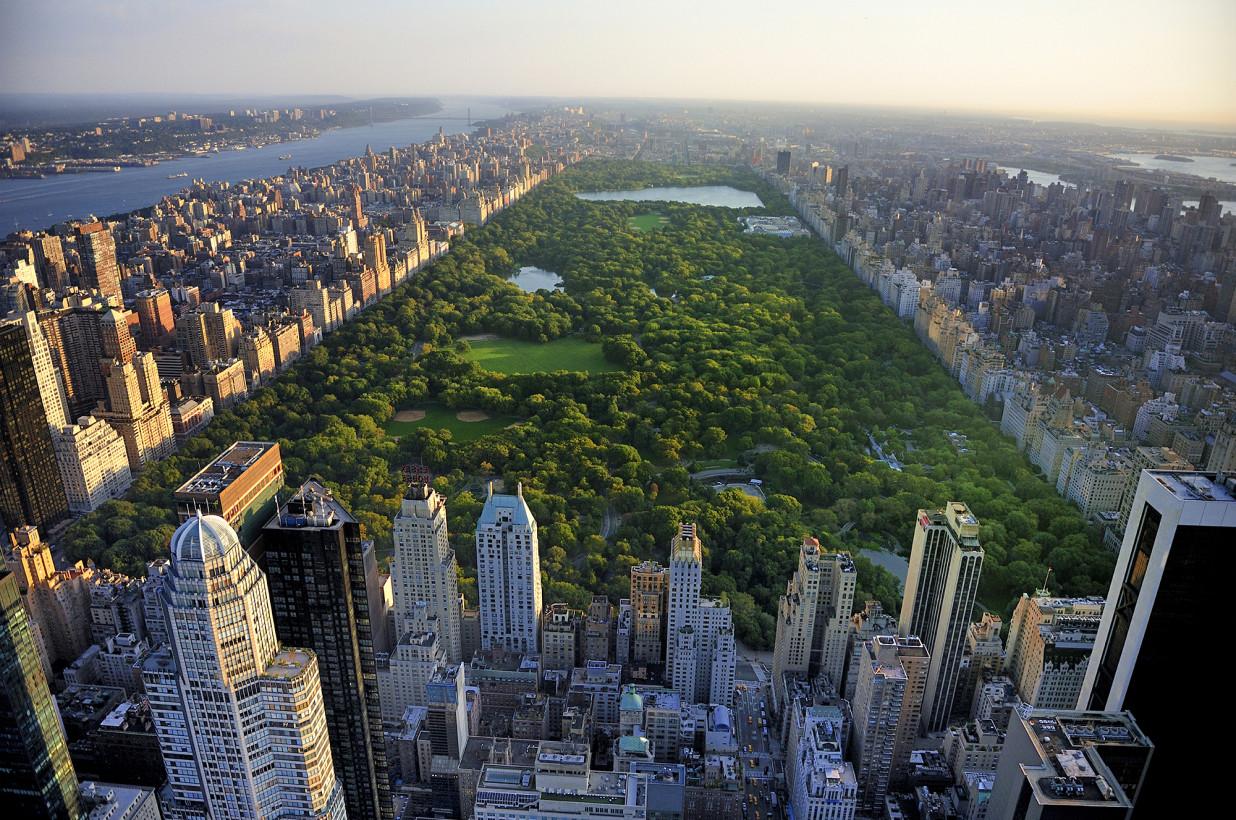
Seneca Village: The Black Settlement Buried Below Central Park
The destruction of Seneca Village in order to make room for Central Park poses one of the biggest “what ifs” in American history.
By Tommy RodriguezFeb. 3 2021, Published 10:54 a.m. ET
Central Park may very well be the world’s most famous park. For over a century, the park has served as the lungs of the concrete jungle and a must-see attraction for visitors around the globe.
But at what cost? A dive into the past reveals the ugly history of the iconic park’s creation that even most New Yorkers are unaware of. The destruction of SenecaVillage, Manhattan’s first significant and thriving black neighborhood, poses one of the biggest “what ifs” in American history.
In 1825, landowners John and Elizabeth Whitehead subdivided their land into 200 lots and sold their first three lots to AndrewWilliams, a 25-year-old African-American shoeshiner, for $125. They later sold twelve lots to EpiphanyDavis, a store clerk, and another six lots to the African Methodist Episcopal ZionChurch, marking the birth of a new community: SenecaVillage.
The neighborhood was roughly located on five acres of land between 82nd and 89th Streets and Seventh and Eighth Avenues, had they been constructed through the park.
After New York’s abolition of slavery in 1827, Black Americans found a safe haven in SenecaVillage. The autonomous community was away from the densely populated downtown area of Manhattan and the racism they faced there. By 1855, Seneca Village was home to approximately 225 residents, with roughly two-thirds of its residents being African-American.
With over 50 homes, three churches, burial grounds, and a school for Black students, the community grew self-sufficient in many ways. According to the Central ParkConservancy, there is even evidence showing that residents of the village had gardens, raised livestock, and fished in the Hudson River.
Not only did they grow self-sufficient, but they were prospering while doing so. By 1855, approximately half of the village’s residents owned their homes, granting them rights that were rarely held by Black residents in New YorkCity. African-American men had to own upwards of $250 in property and hold residency for at least three years in order to vote.
In 1845, 100 black New Yorkers were eligible to vote. 10 of them were Seneca Village residents.
The New York State Legislature passed the Central Park Act in July1853, setting in stone a proposal to build a 750-acre park bounded by 59th and 106th Streets between Fifth and EighthAvenues. The city’s elite had decided that they wanted to construct a park that provided recreational space and counteracted the unhealthy urban conditions of Manhattan. In the process, they tore apart a blossoming Black community.
Through eminent domain, a law that allows the government to take private property for public use in exchange for compensation paid to the property owners, the city began displacing communities and taking land. By 1857, all residents of Seneca Village were forced to leave, with many arguing that their property had been undervalued.
A thriving, growing Black community located in the middle of the capital of the world that was destroyed at the hands of the state. The history of Seneca Village is an especially upsetting one, but it is one that we must not forget.

